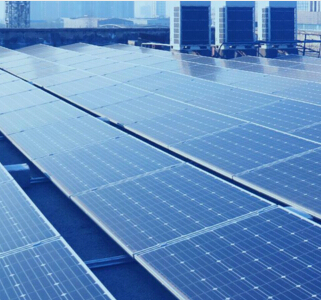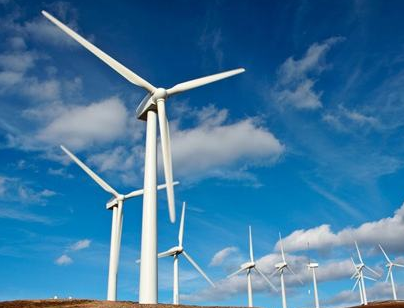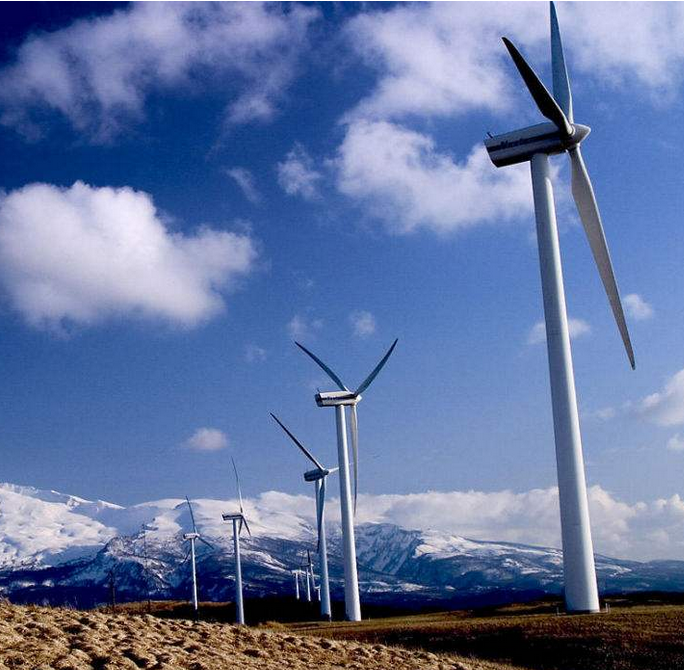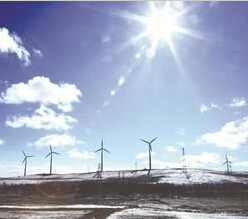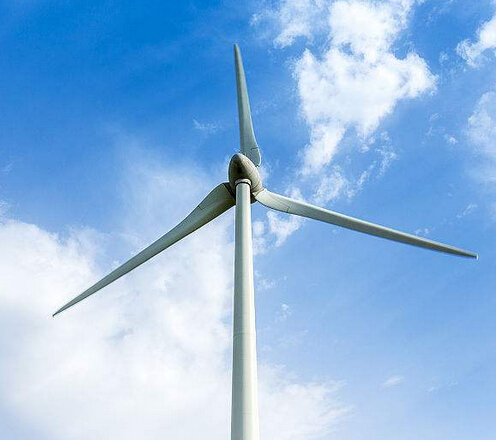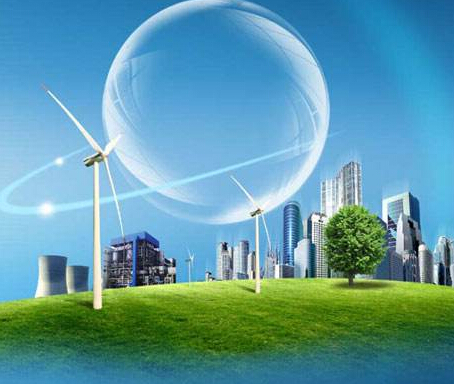How do we see these large windmills that are constantly turning around day and night to convert wind energy into electricity?
Like the wings of airplanes, the principle of wind power generation is to use wind to drive the blades of windmills to rotate, which in turn drives generators to generate electricity. The blades of wind power generators look less noticeable from the ground. However, in fact, these blades are very large. Ordinary wind power blades have a length of more than 40 meters. At present, the largest wind power blades have exceeded 100 meters in length, far exceeding the size of large passenger aircraft. The length of the wing. In fact, the wind is not a "push" rotor blade, but because the shape of the cross-section of the blade is asymmetrical, the velocity of the flow is greater when the wind passes over the blade, and the flow velocity is smaller below. This results in a small pressure above the blades, a strong downward pressure, and a pressure difference between the blades above and below the blades. This pressure difference generates lift and rotates the rotor.
How Fans Ensure Electricity Generation Transforming wind energy into electricity is not enough to rely on a unique airfoil design. The wind turbines of wind turbines must meet the wind to generate electricity. When the wind turbine is working, it first finds the wind direction through the wind vane, and then rotates the nose through the yaw system to the wind direction. The wind is very complicated. The winder often measures the wind direction and rotates the nose to face the wind, so that the wind turbine can better match the characteristics of the wind. As the angle of the wind increases, the power generated will increase rapidly. In addition, the fan blades also rotate, helping the fan to better adapt to the wind.

Direct-drive permanent magnet technology Traditional wind turbine generators use wind to drive the wind turbine blades to rotate, and then use a plurality of gear sets such as a speed increaser to increase the speed of rotation to drive a generator to generate electricity. This is a very long transmission process, and energy must be lost during the transmission.
Direct-drive permanent magnet technology eliminates complex transmission structures such as gearboxes, greatly reducing losses, improving power generation efficiency, and ensuring operational reliability. The direct-drive permanent magnet generator rotor consists of more than 1300 magnets. The core components are composed of rare earth materials and can generate a strong magnetic field without consuming any electrical energy, ensuring the unit's powerful power generation capability. When the wind blows the blades, the coil continuously cuts the magnetic field lines to generate electricity. This is why wind energy is converted into electricity.
Into the Power Grid Can the power generated by wind turbines be sent directly to the grid for use by people? In order to safely integrate wind power into the grid for use by people, the fan-side current and the grid-side current need to be handled by the electrical box. The voltage generated by the fan is constantly changing, and the grid has strict requirements on the inflow voltage. At this time, a transformer is needed to process the generated wind power. After processing, all units can output a uniform voltage, and wind power can be safely transmitted.
















 RCCN WeChat QrCode
RCCN WeChat QrCode Mobile WebSite
Mobile WebSite
